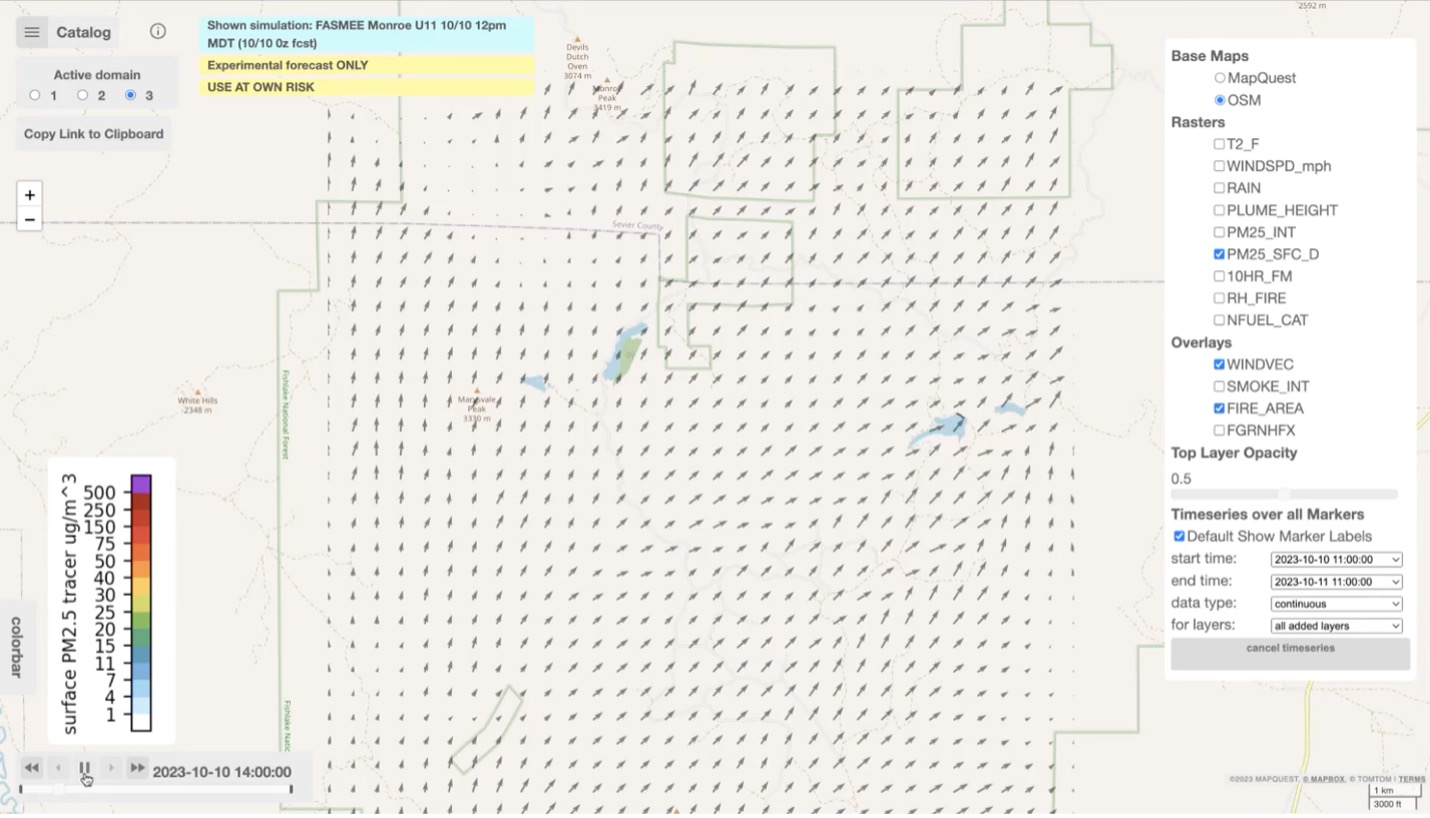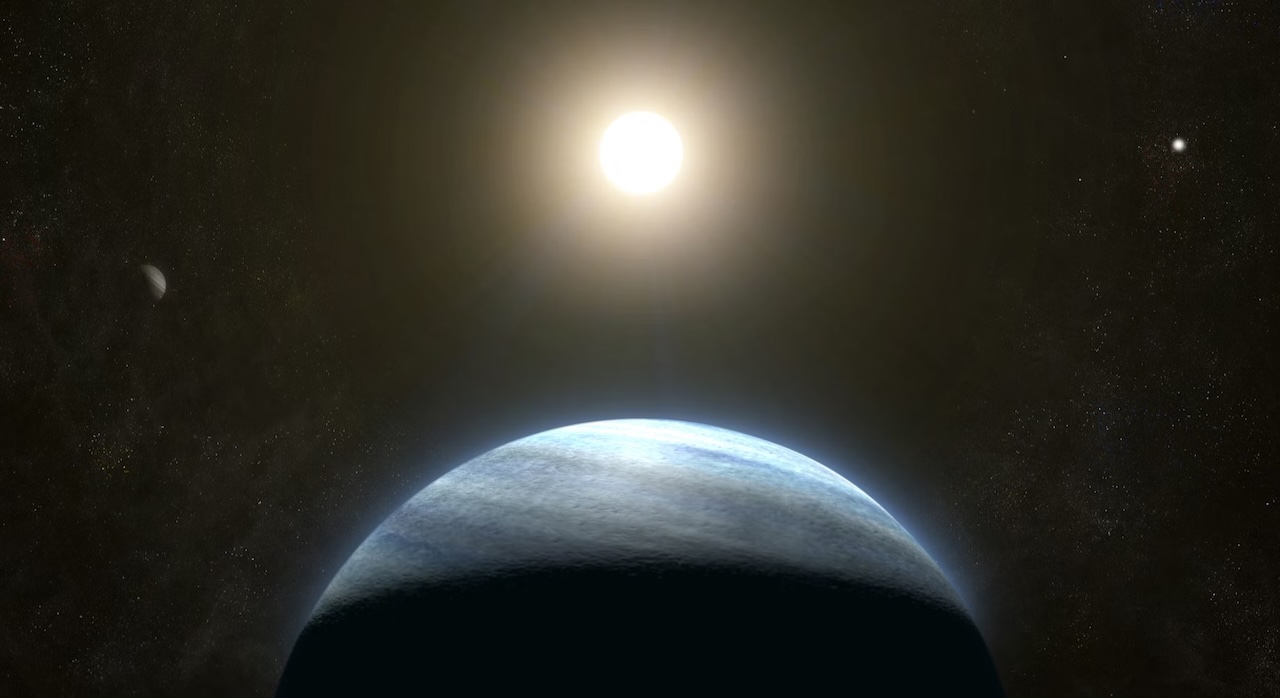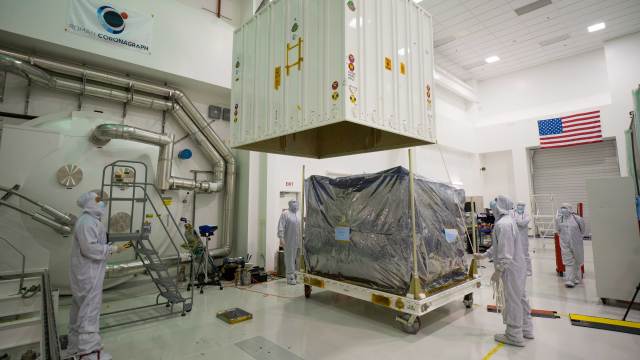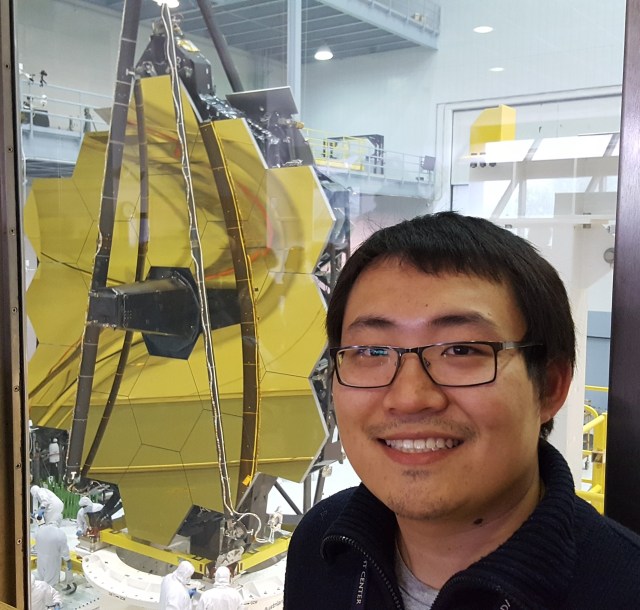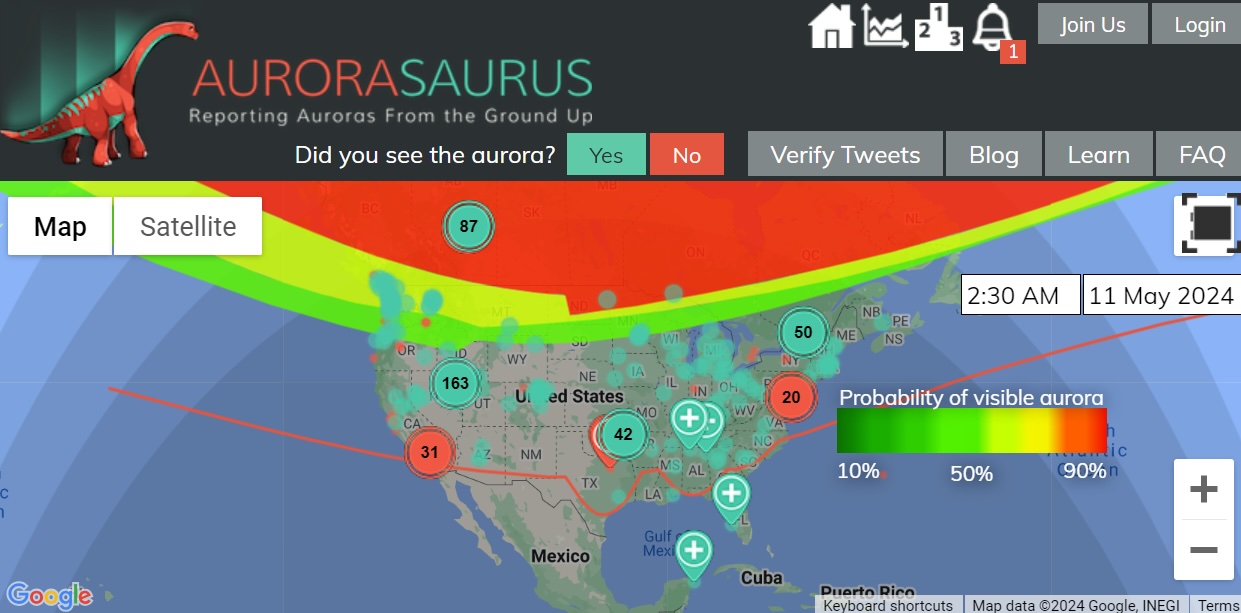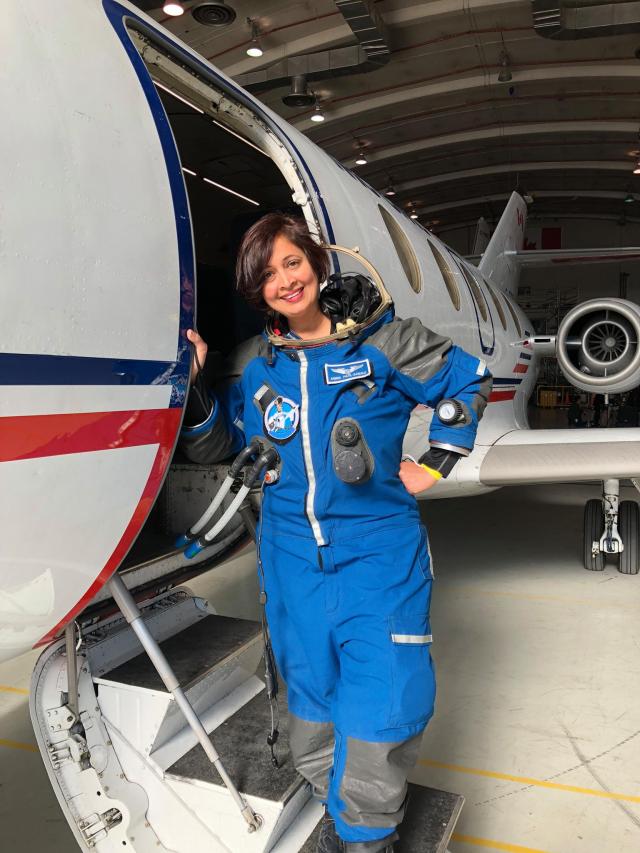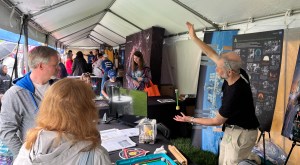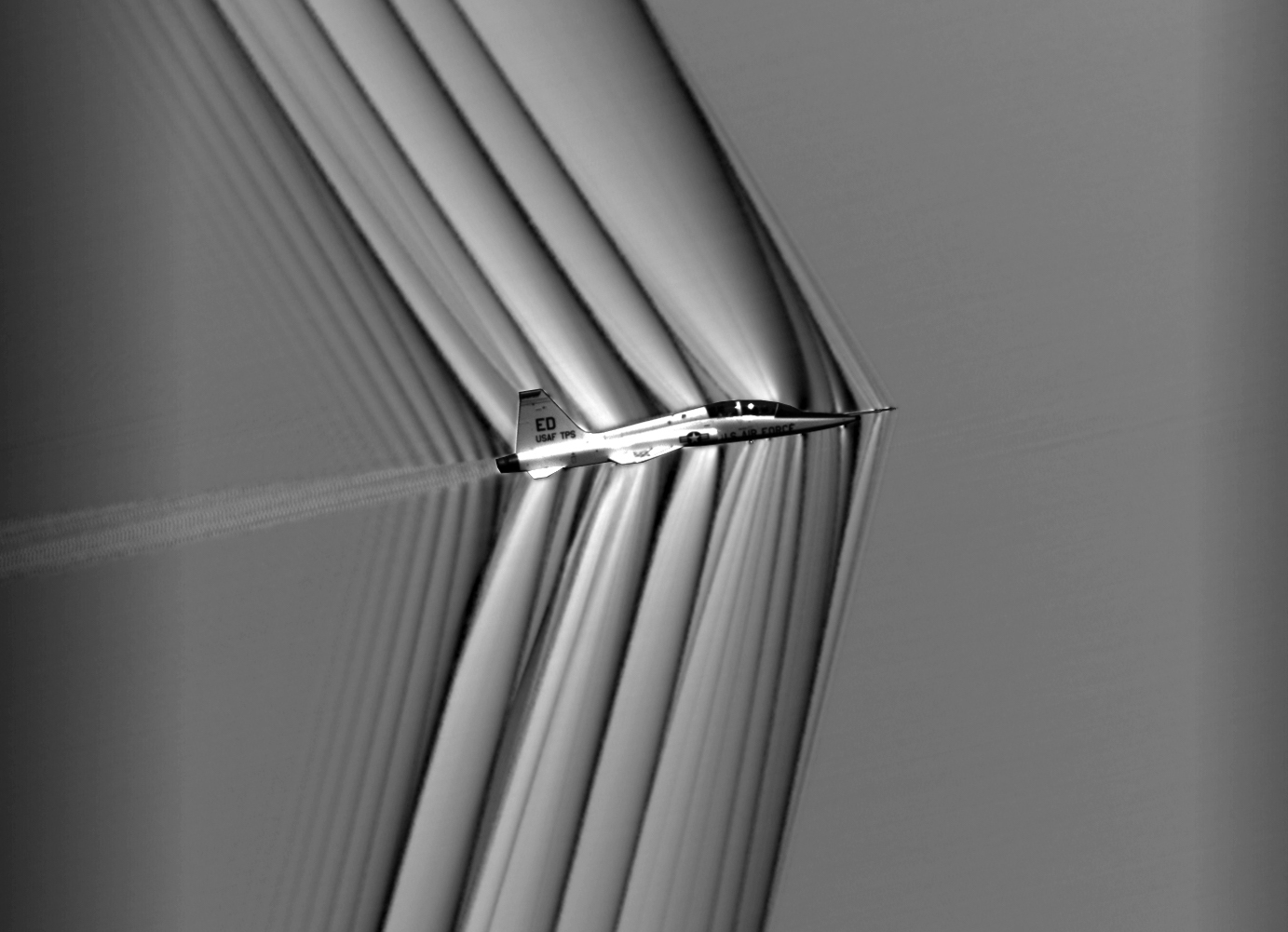Whether it’s a hot re-entry or just the California desert in summer, some people handle the heat better. That describes Anthony Piazza when it comes to high-temperature strain sensors that can take up to about 1,800 degrees Fahrenheit.
Piazza is a researcher at NASA’s Armstrong Flight Research Center in Edwards, California, who is developing advanced high-temperature strain sensors as part of NASA’s Hypersonic Technology project. These sensors will test new materials and structures and prove them safe for future re-entry vehicles and civilian hypersonic transports that could drastically decrease travel times.
“NASA wants these new hot structures for a vehicle they can use again and again to assess the risks and health of a future civilian hypersonic vehicle,” Piazza said. “To do that will mean a change in the materials the vehicles are made from, and require similar, but more advanced sensing systems.”
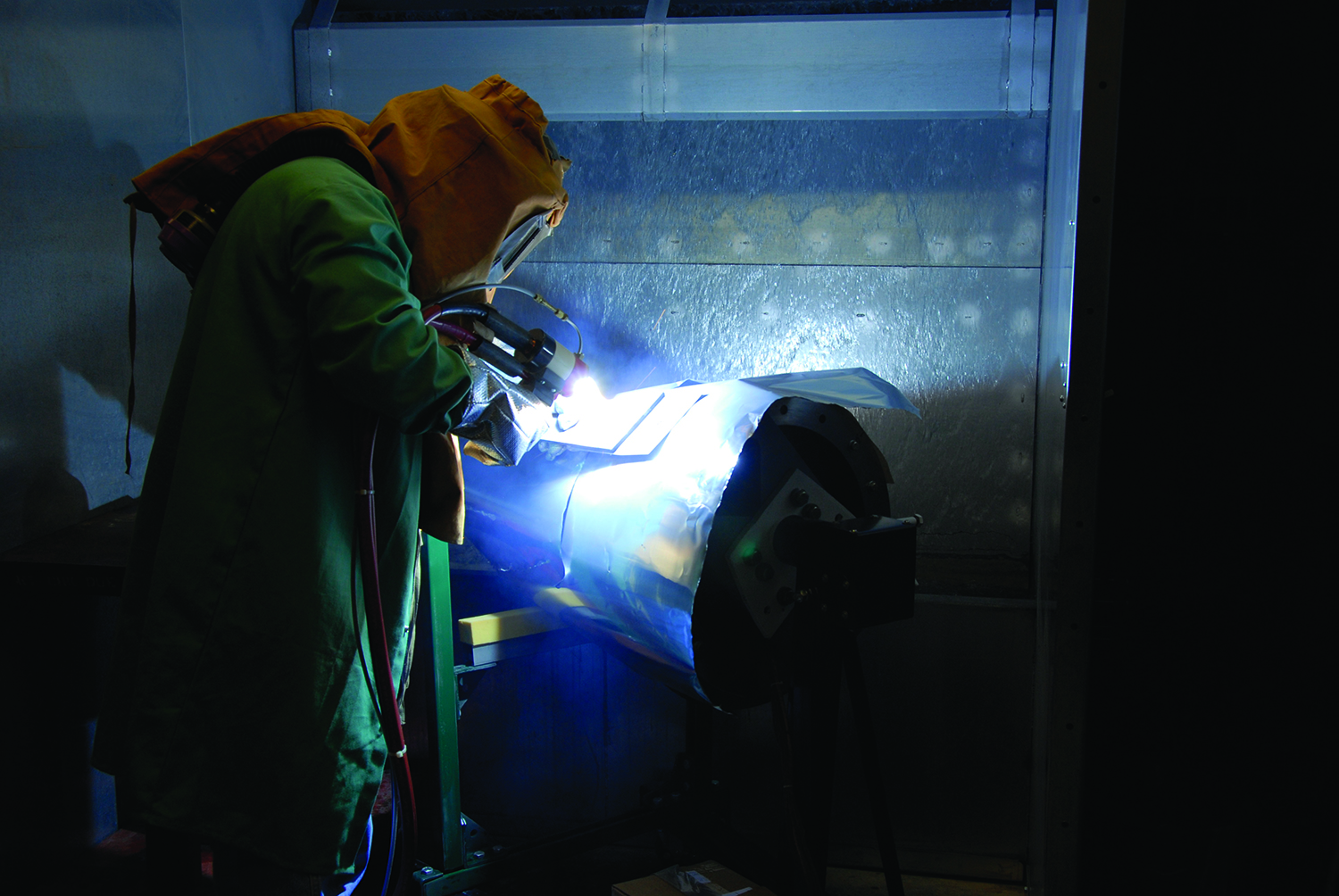
Two approaches could meet these emerging needs to measure higher and higher temperatures. The first is a NASA Armstrong developed advanced FOSS (Fiber Optic Sensing System) that includes silica fiber optic fibers about the thickness of a human hair, and the other is a sapphire high strain and temperature sensor.
FOSS was successful in providing temperature data on the LOFTID (Low-Earth Orbit Flight Test of an Inflatable Decelerator) mission on Nov. 10, 2022. That system included 1,400 sensors on three optic fibers temperatures, providing temperature, strain, and other information critical mission safety, Piazza said. A more advanced flight system is in development.
The other approach is a sapphire high-temperature sensor that could function in temperatures up to 3,200 degrees. The greatest challenge applying the sapphire sensor may be in developing a way to attach it to withstand such temperatures.
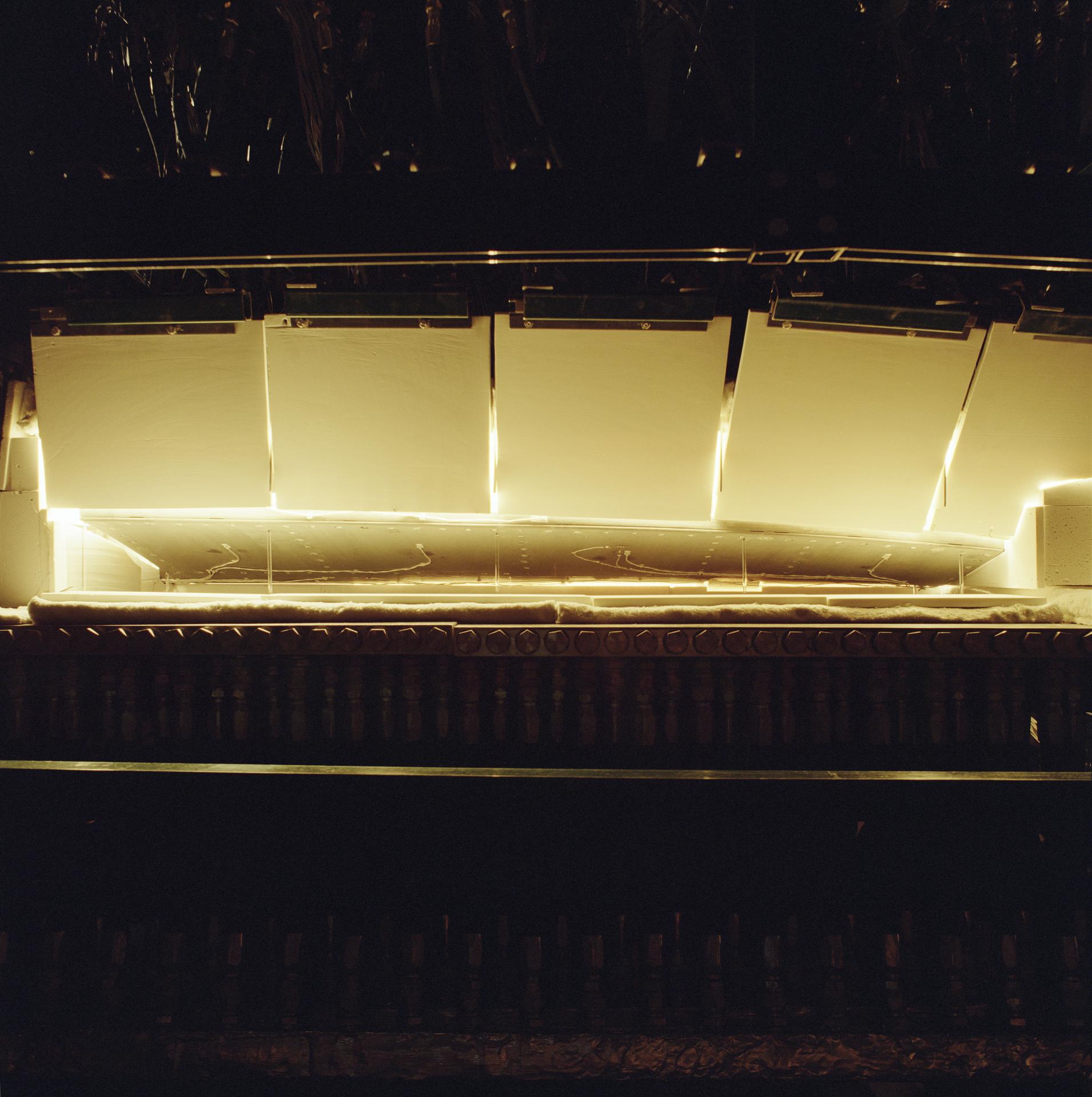
Piazza’s favorite project, and most challenging because of its size and complexity, was testing elements of the X-37 at the center from 2003 to 2005. The X-37 was a robotic spaceplane initially developed by NASA and later transferred to the U.S. Department of Defense. Advancements on that project is the basis for the current work for NASA’s Hypersonic Technology project.
“We were the first to use on a large-scale project the EFPI (Extrinsic Fabry-Perot Interferometers) fiber optic high-temperature strain sensors,” Piazza said. “This sensor provided a more accurate strain measurement. We are advancing the EFPI work to obtain multiple readings on a single fiber, where the EFPI is one sensor, one measurement, one fiber on a system. We now make multiple high-temperature measurements on a single fiber, on a single channel using high temperature written fiber Bragg gratings (sensors).”
High-temperature sensors and work with new materials and structures may provide the information that one day will lead to civilian hypersonic travel. Piazza will continue his work to handle the heat.


